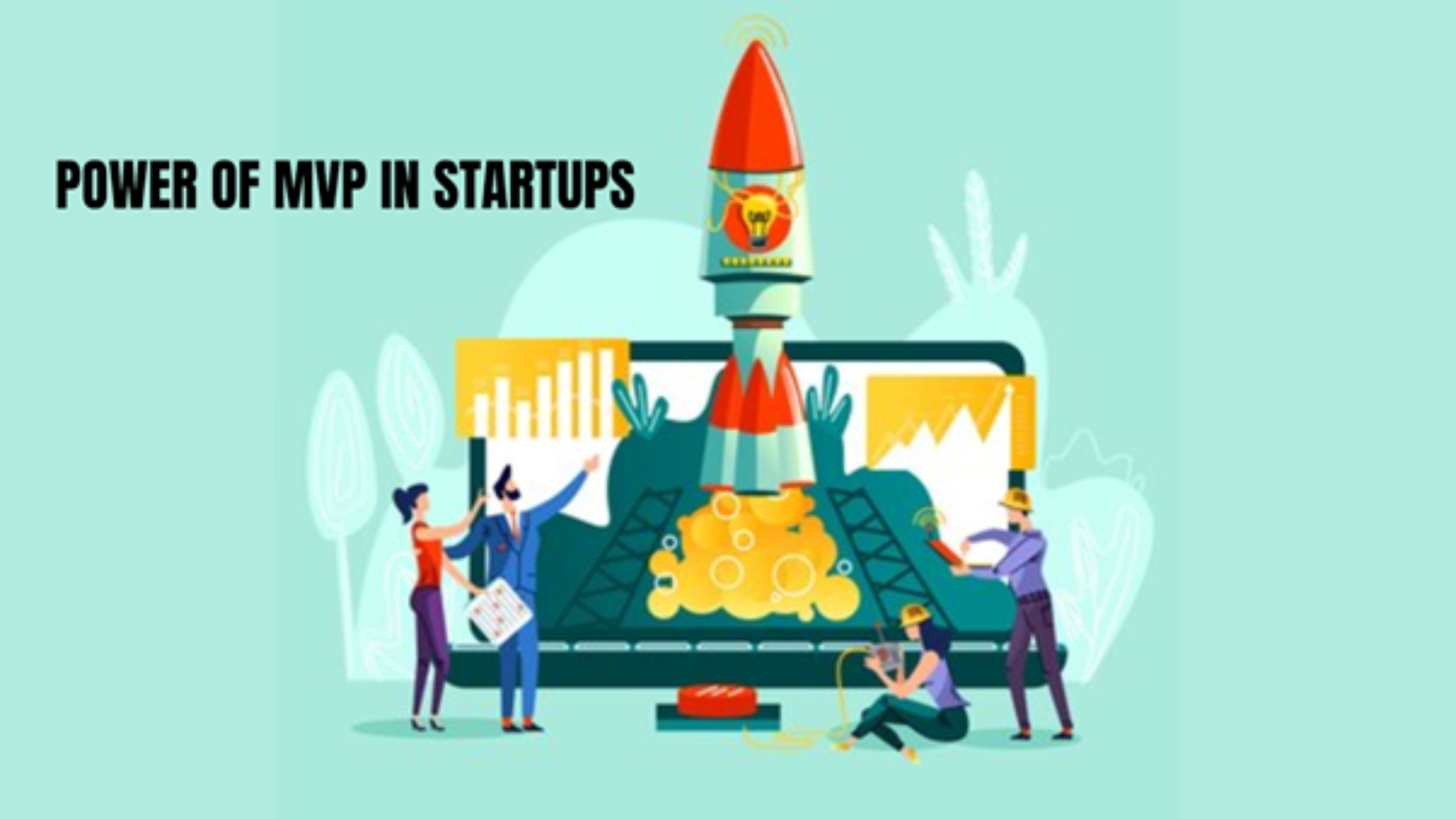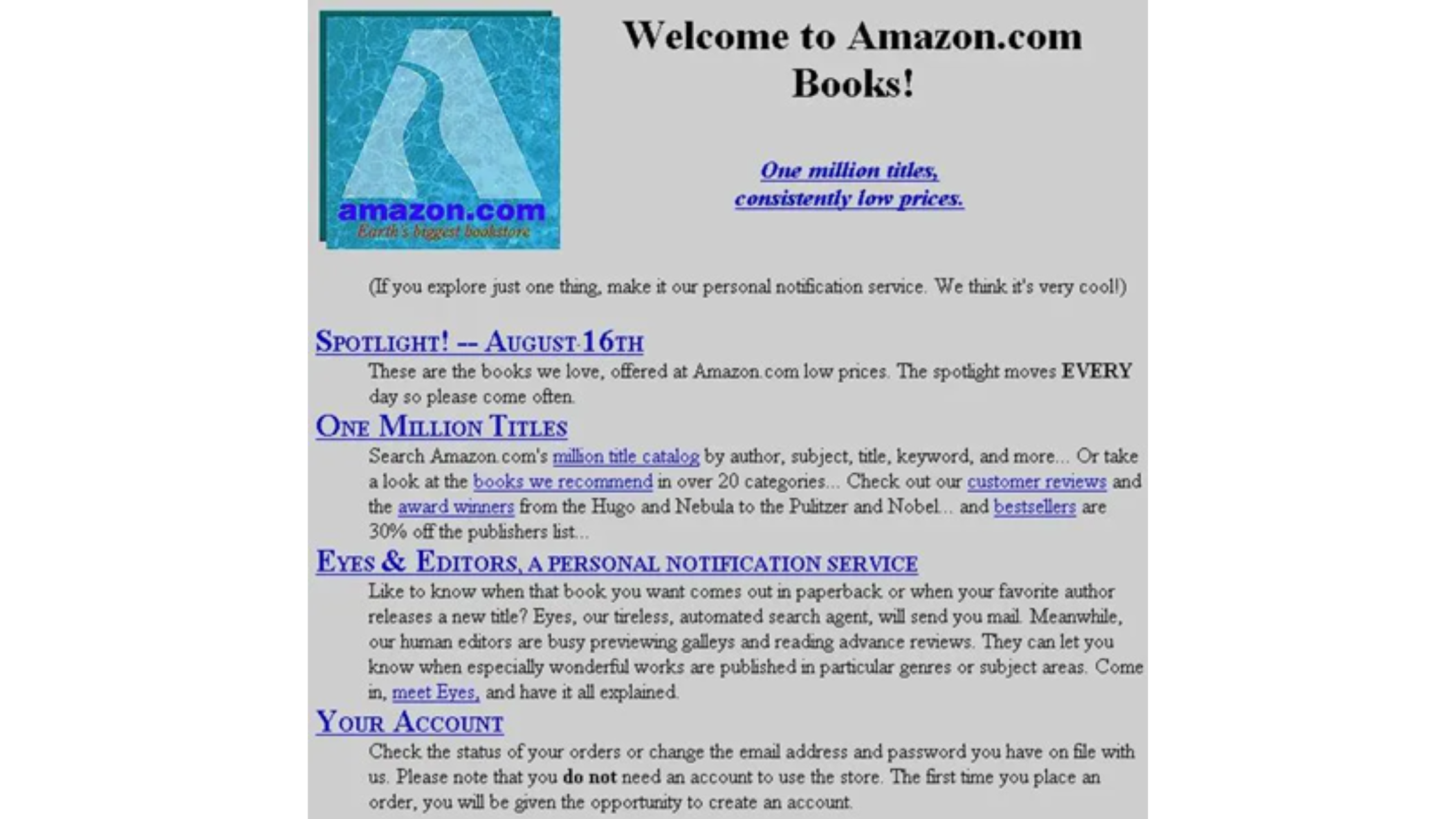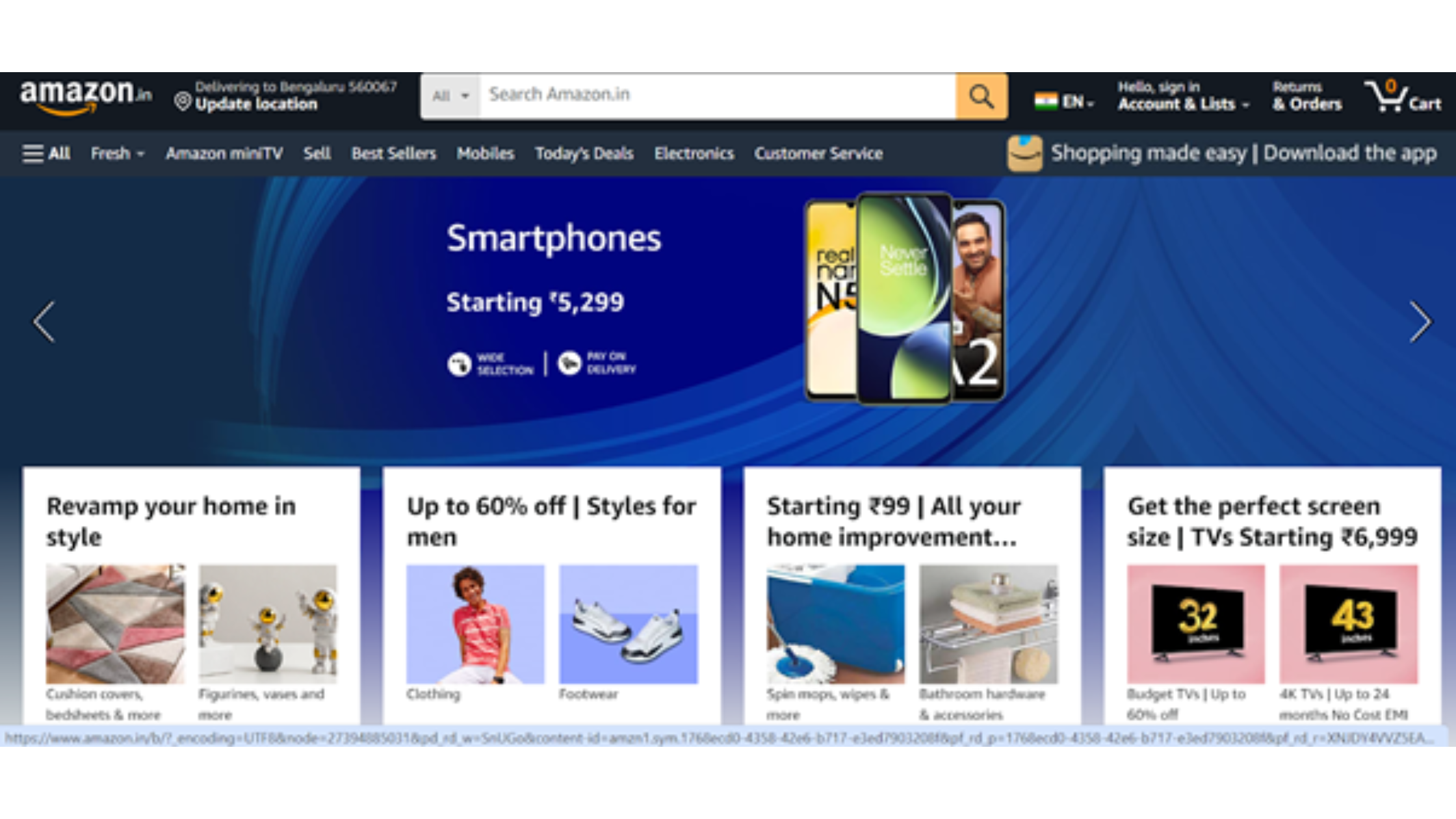MODIFIED ON: February 15, 2024 / ALIGNMINDS TECHNOLOGIES / 0 COMMENTS

Building a company from the ground up requires a considerable amount of courage. Even if you manage to secure investor support and garner approval for your innovative business concept, the entrepreneurial path is fraught with potential challenges. Statistical insights reveal that a significant portion of startup founders, approximately one-third, initiate their ventures with meager capital – less than $5,000. What’s noteworthy is that many of these entrepreneurs embark on this challenging endeavor without a high degree of confidence in the eventual success of their ventures. Historically, startups faced the challenge of quickly and effectively developing products, often relying on robust product management methodologies such as the top-down or waterfall approach. However, the landscape shifted with the advent of the Lean Startup methodology, offering a more adaptive framework. The game changer became the MVP ( Minimum Viable Product) approach. It emphasized a streamlined strategy and allowed startups to rapidly develop and release a basic version of their product.
What is MVP in a startup?

In a startup context, a Minimum Viable Product (MVP) is a strategically stripped-down version of a new product that encapsulates its fundamental features. The purpose of an MVP is to swiftly enter the market, validate assumptions, and gather critical user feedback.
For instance, imagine a startup creating a new task management app. Instead of building the full suite of planned features, they launch an MVP with basic task creation, assignment, and completion functionalities. This enables them to release quickly, gauge user interest, and refine the app based on early user feedback before investing more resources into additional features.
“Minimum Viable Product” was popularized by Eric Ries in his book “The Lean Startup,” published in 2011. Ries introduced the concept as a way for startups to efficiently test their hypotheses and assumptions about a product’s market fit and features. The idea is to avoid spending too much time and resources on building a fully-featured product before understanding whether it will meet the needs of the target audience.
Gartner defines MVP as “A minimum viable product (MVP) is the release of a new product (or a major new feature) that is used to validate customer needs and demands prior to developing a more fully featured product. To reduce development time and effort, an MVP includes only the minimum capabilities required to be a viable customer solution.”
Some keypoints about the evolution of Minimum Viable Product include:
MVP is closely associated with the Build-Measure-Learn Cycle. This involves building a basic version of the product, measuring its performance and user feedback, and then using the information to make informed decisions about further development.
MVP is also related to the principles of customer development, a methodology developed by Steve Bank. It emphasizes the importance of engaging with potential customers early in the product development process to validate assumptions and refine the product-market fit.
The MVP concept encourages iterative development, allowing teams to make incremental improvements based on real-world usage and feedback. This approach helps reduce the risk of investing significant resources in a product that may not meet customer needs.
Examples of the Minimum Viable Product
Amazon, founded by Jeff Bezos in 1994, has often been cited as a prime example of the Minimum Viable Product (MVP) approach in action. In its early days, Amazon started as an online bookstore, and Bezos implemented a lean strategy that aligned with the principles later popularized by the lean startup methodology. Some more popular examples of MVPs include Dropbox, Airbnb, Uber, and Etsy.
In this section, we will cover Amazon’s case study in detail. Here’s how Amazon’s evolution aligns with the MVP concept: Initial Focus on Books (1994): When Amazon was launched, it started as an online bookstore. Bezos chose books as the initial product category because of their universal appeal, vast selection, and ease of shipping.
 Credit: Dittofi
Credit: Dittofi
MVP Approach with Limited Features: In its early stages, Amazon’s website was a straightforward platform designed for one primary purpose: selling books online. The website was minimalistic, focusing on core features such as browsing, searching, and making purchases.
Customer-Centric Innovation: Bezos was customer-centric from the start, emphasizing customer satisfaction and convenience. The MVP approach allowed Amazon to quickly enter the market, test its concept, and gather crucial feedback from users.
Expansion (Late 1990s): After establishing itself as a reliable platform for selling books, Amazon expanded its product catalog to include various other items like electronics, toys, and clothing. This expansion was iterative and based on the evolving needs and preferences of its growing customer base.
Continuous Iteration: The company consistently added new features, improved its website’s user experience, and introduced services like Amazon Prime, which further enhanced customer loyalty.
Diversification into Services (2000s): Over time, Amazon evolved from being just an e-commerce platform to offering a wide range of services, including cloud computing (Amazon Web Services – AWS), streaming (Amazon Prime Video), and smart devices (Amazon Echo). Each expansion was a calculated move based on market trends, customer feedback, and emerging technologies.

Benefits of MVP: Why do you need one?
Startups benefit significantly from adopting the Minimum Viable Product (MVP) approach due to several reasons. Here are some key advantages of using MVP in the early stages of a startup:
Get faster time to market: MVP allows startups to launch their products quickly with the minimum essential features. This rapid development and deployment enable a faster time to market, helping startups establish an early presence and gain a competitive advantage.
Reduce costs: By focusing on the core features necessary for the initial release, startups can save resources and reduce development costs. This lean approach is particularly valuable for companies with limited budgets and allows them to allocate resources more efficiently.
Mitigate business risk: Building a full-featured product without validating its market fit can be risky. MVP helps mitigate this risk by allowing startups to test their assumptions and hypotheses with real users. Early feedback and data provide insights that can guide further development and prevent significant investments in a product that might not meet user needs.
Gain customer feedback and validation: Launching an MVP allows startups to collect valuable feedback directly from users. This feedback is crucial for understanding user preferences, pain points, and expectations. It helps in making informed decisions about product features, enhancements, and future development directions.
Focus on Core Value Proposition: MVP forces startups to identify and prioritize the core value proposition of their product. By concentrating on essential features, startups can avoid unnecessary complexity and deliver a product that addresses the most critical needs of their target audience.
Build a successful MVP with Alignminds
Here at Alignminds, our team comprises skilled engineers with strong technical acumen and in-depth expertise in successful product development. We prioritize mentoring our engineers to cultivate a product-centric mindset, recognizing its pivotal role in crafting exceptional products. Our emphasis lies in consistently questioning the rationale behind each decision, considering the end-user experience, and actively participating in shaping product-related choices. This underscores our commitment to understanding the purpose behind our actions, anticipating customer interactions with the product, and actively engaging in the decision-making processes that drive product development. Initiate a conversation today.
Leave a reply
Your email address will not be published.
-
Recent Posts
- The Ultimate 4-Step Guide to Modernizing Your Applications
- The 12 Most Popular Computer Vision Tools in 2024
- How MLOps is Transforming Businesses in 2024
- The Ultimate Guide to Product Engineering Services for Businesses
- 5 Top Use Cases of Computer Vision in the Hospitality Industry
-
Categories
- MVP Development (5)
- AlignMinds (55)
- Operating Systems (1)
- Android POS (3)
- Application Hosting (1)
- Artificial Intelligence (23)
- Big Data (2)
- Blockchain (1)
- Cloud Application Development (7)
- Software Development (29)
- Software Testing (9)
- Strategy & User Experience Design (4)
- Web Application Development (23)
- Cyber Security (6)
- Outsourcing (7)
- Programming Languages (3)
- DevOps (5)
- Software Designing (6)
- How to Code (4)
- Internet of Things (1)
- Machine Learning (2)
- Mobile App Marketing (4)
- Mobile Application Development (18)
- Mobile Applications (5)







